Optimal Seasons for Siding Service
Understanding the optimal timing for siding service can enhance durability and efficiency. Factors such as weather conditions, temperature, and seasonal demand influence the best period to undertake siding projects. Proper timing ensures that materials adhere properly and reduces the risk of weather-related issues.
Spring offers mild temperatures and longer daylight hours, making it ideal for siding installation and repairs. Moderate weather reduces the risk of material warping or cracking.
Summer provides warm weather conducive to siding work, but high temperatures can sometimes cause materials to expand. Planning during early summer can mitigate these effects.
Fall's cooler temperatures and dry conditions make it a popular season for siding projects. It allows sufficient time for installation before winter.
Winter is generally less suitable due to cold temperatures, snow, and ice, which can hinder installation and affect material performance.
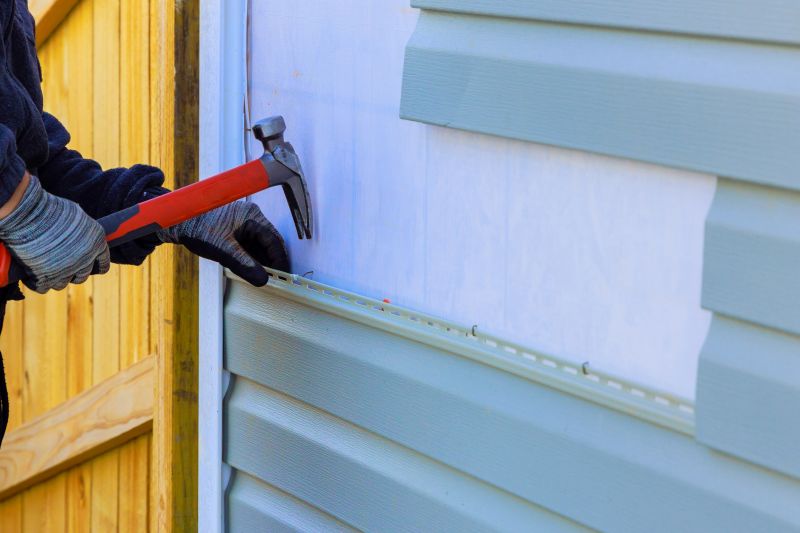
Ways to make Siding Service work in tight or awkward layouts.

Popular materials for Siding Service and why they hold up over time.

Simple add-ons that improve Siding Service without blowing the budget.

High-end options that actually feel worth it for Siding Service.
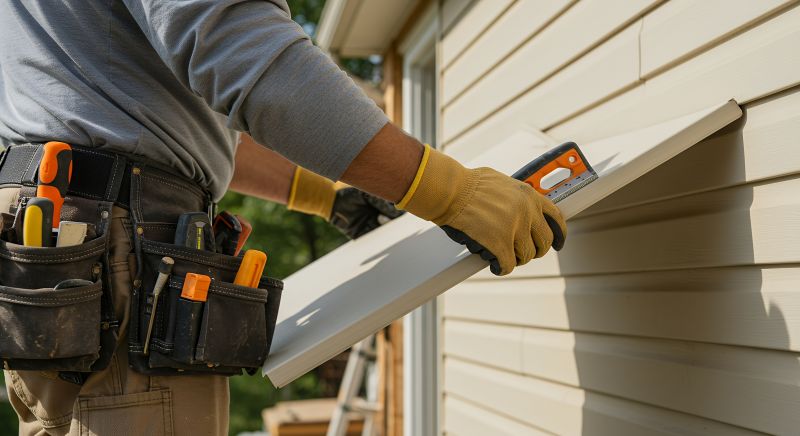
Finishes and colors that play nicely with Siding Service.
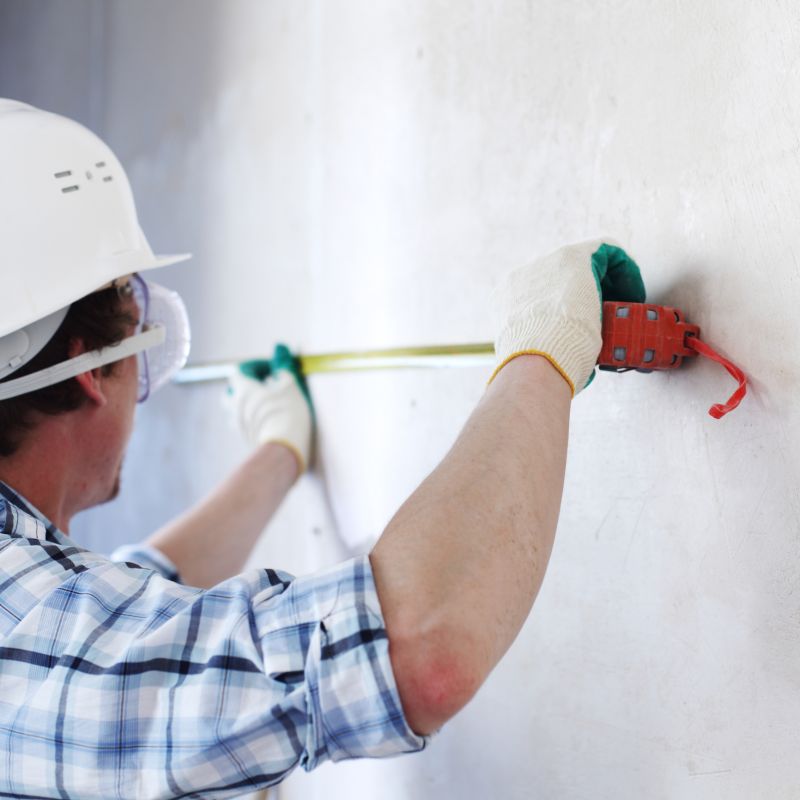
Little measurements that prevent headaches on Siding Service day.
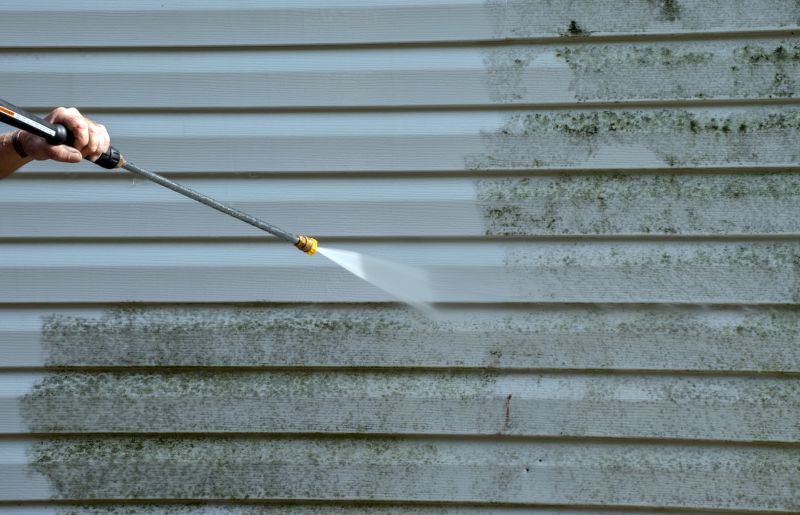
A 60-second routine that keeps Siding Service looking new.
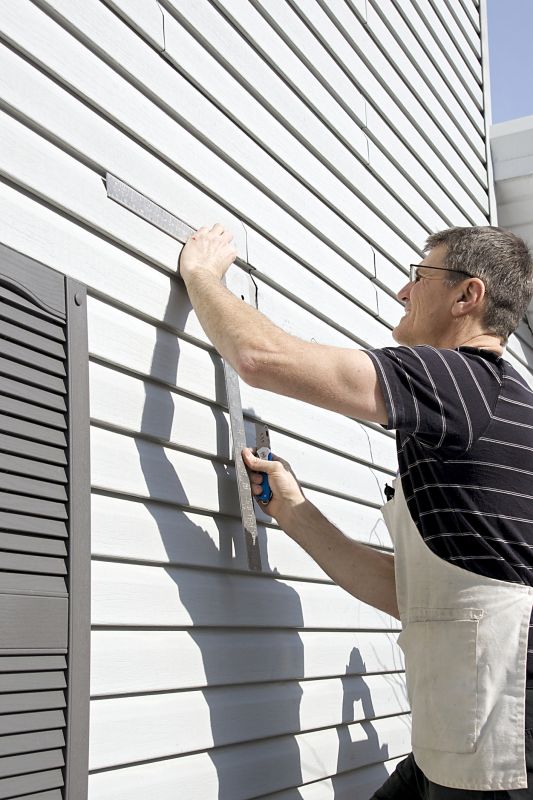
A frequent mistake in Siding Service and how to dodge it.

Small tweaks to make Siding Service safer and easier to use.
| Season | Ideal Conditions |
|---|---|
| Spring | Mild temperatures and dry weather |
| Summer | Warm temperatures, plan for early summer |
| Fall | Cool, dry, and suitable for late-season projects |
| Winter | Cold, snow, and ice make it unsuitable |
Siding service involves the installation, repair, and maintenance of exterior wall coverings that protect buildings from weather elements and enhance curb appeal. Proper timing ensures materials are installed under optimal conditions, reducing the risk of damage and increasing longevity. Seasonal considerations are essential for achieving the best results and avoiding delays caused by adverse weather.
Statistics indicate that scheduling siding projects during spring and fall can lead to fewer weather-related disruptions and better material performance. Additionally, timely siding service can improve energy efficiency and property value by ensuring the exterior is properly sealed and insulated.

Lower-waste or water-saving choices for Siding Service.
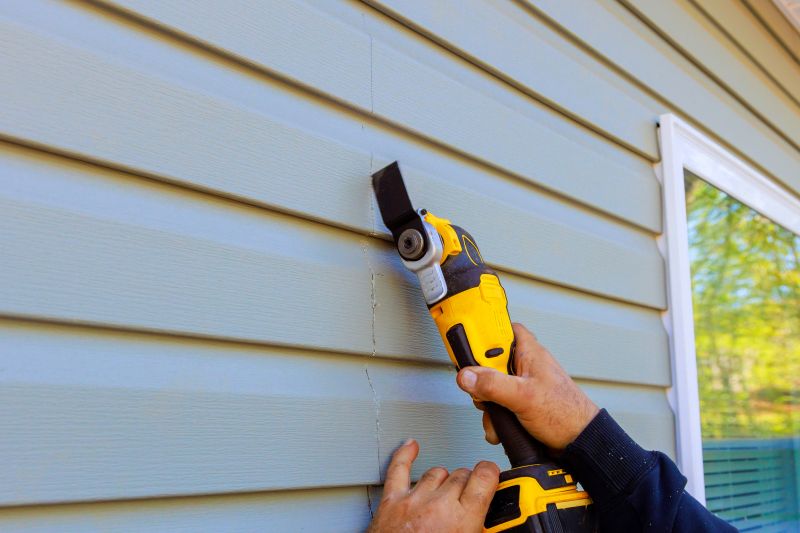
The short, realistic tool list for quality Siding Service.
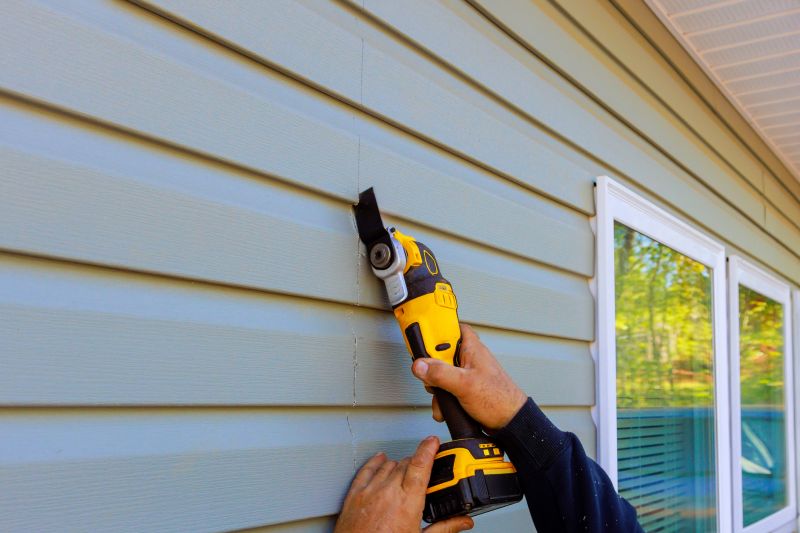
Rough timing from prep to clean-up for Siding Service.
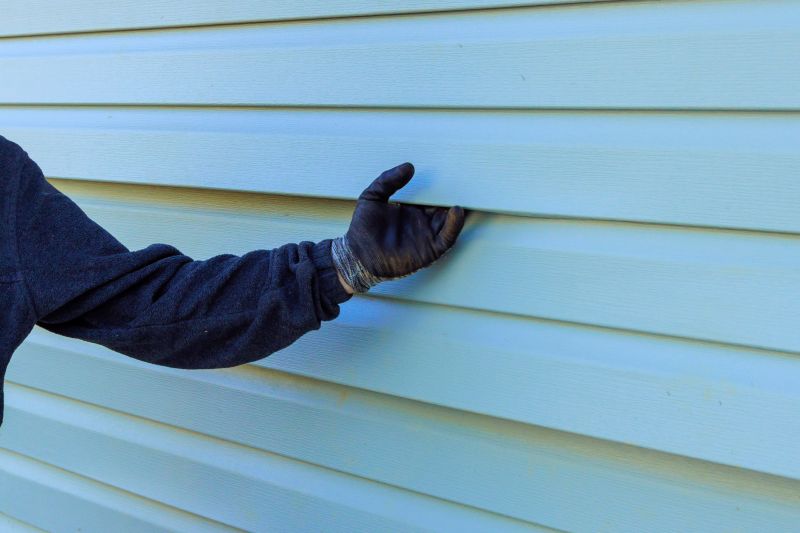
Quick checks and paperwork to keep after Siding Service.
The duration depends on the size of the project, but most installations or repairs can be completed within a few days.
Yes, adverse weather like rain or snow can delay siding projects, so timing is important.
Installation in winter is generally not recommended due to cold temperatures and potential for snow and ice.
Spring and fall are ideal for siding repairs because of favorable weather conditions.

